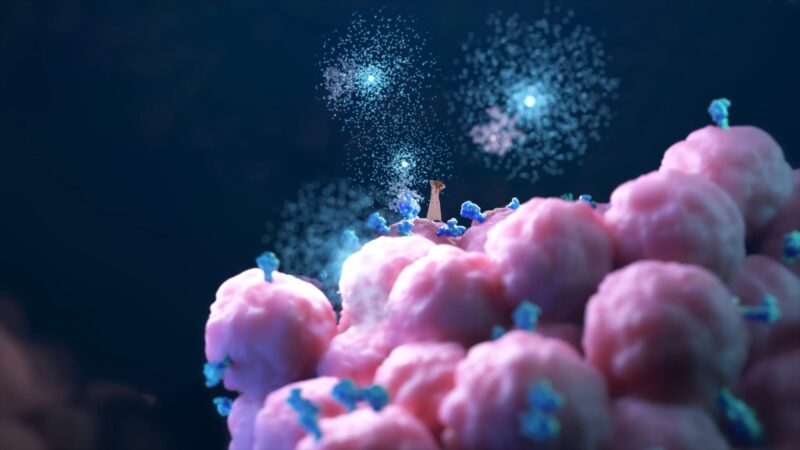Remastered at One Marylebone place gathered together a group of pioneering digital artists and pitted their medium against some of the most iconic works in the artistic cannon. These digital responses to some of the most famous works in Western art were at once inherently familiar with the pieces reworked illusively present throughout the space, some more ostensibly and others teasingly.
The collection drew together the work of 13 artists, designers, animators, photographers and engineers, and worked around a premise of “the challenge of the future, in the context of today”. Offering not only a reworking of history but also its reinterpretation. Beyond the marked “remastering” afforded by the varying digital equipments and media employed, some pieces positioned the viewer at a conjunction of contexts, where the cultural resonances of the original piece were tangled with the present context of the digital in London, 2011.
Rafael Pavon translates Friedrich’s Wanderer above the Sea of Fog from the painting, so resonant of the romantic movement, to the stereoscopic 3D animation Mind the Fog. Donning a pair of 3D glasses, the viewer floats across modern London, a heaving metropolis. The jump from the wanderer’s fog clouded mountain top vantage to the hustle of the city seems incongruous but the sublimity-meets-unknown of the original is the milieu of the city dweller, for Pavon, London is “a place where everything is in constant and unstoppable cultural change and there is nothing we can do about it, apart from feel overwhelmed and, if we are really lucky, be part of it”.
Many of the pieces employed this introduction of movement to arresting affect. Sara Hibbert charged her works Flower of the Gutter and Abonné with the spirited abandon of Degas’ dancers in the original Dancer with a Bouquet of Flowers (Star of the Ballet). Her short films have Degas’ dancer move across the stage as an ethereal fragment, the four screens and accompanying images showing the performer in transition but also giving way to the more unsettling duality of performance, with the fragmented images threatening a breaking apart.
These fragmented movements echoed throughout the exhibition, alluding to the only partially present contexts, with the referencing spilling beyond the gallery spaces summoning cultural and historical contexts. This was most overt in Paul Bryan and Jonathan Ryall‘s works around the Venus de Milo, a sculpture only ever known to modern culture as a fragment. Their work imagined a complete reworking of the sculpture, reshaping it more fragmented casting a light on the perceived “whole” perfection of the original. The accompanying short documentary films also imagined a new Venus from the one we have, conjuring what she may have appeared like complete.

Emma Rios and Dan Price spliced cultural contexts in the opposite direction, with the viewer of Un Vent de Folie cocooned in a black tent. The opera music from within filled the exhibition space intriguingly and finding an entrance to the piece was taking a step into Manet’s Bar at the Folies-Bergère The space was enveloping and an immersion within it not wholly comfortable, with the mirror echoing and amplifying the ethereal neon green of the glass trinkets lining the shelves around the mirror you are presented with. The work captures the elements of Manet’s original which Rios and Price say most resonate with them, altering our perspectives on each as if you have gotten to close to the painting, as if you are no longer able to distinguish the shapes or the context correctly. The unsettling way in which they have “taken the implicated viewer in the original painting and made them actual accomplices” seems to achieves in the feat of also implicating you as actual accomplice to something unknown.
The exhibition was on for just 3 days, but all the pieces can be viewed at the Remastered website.







